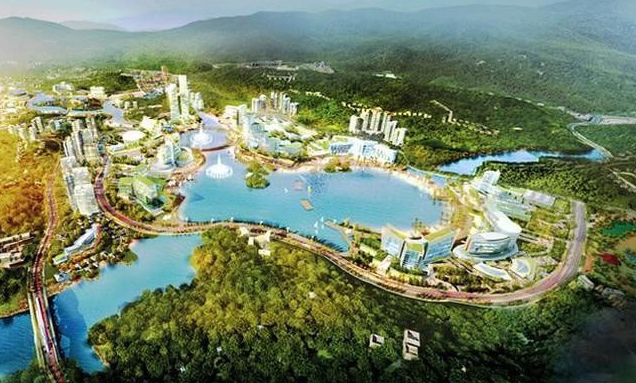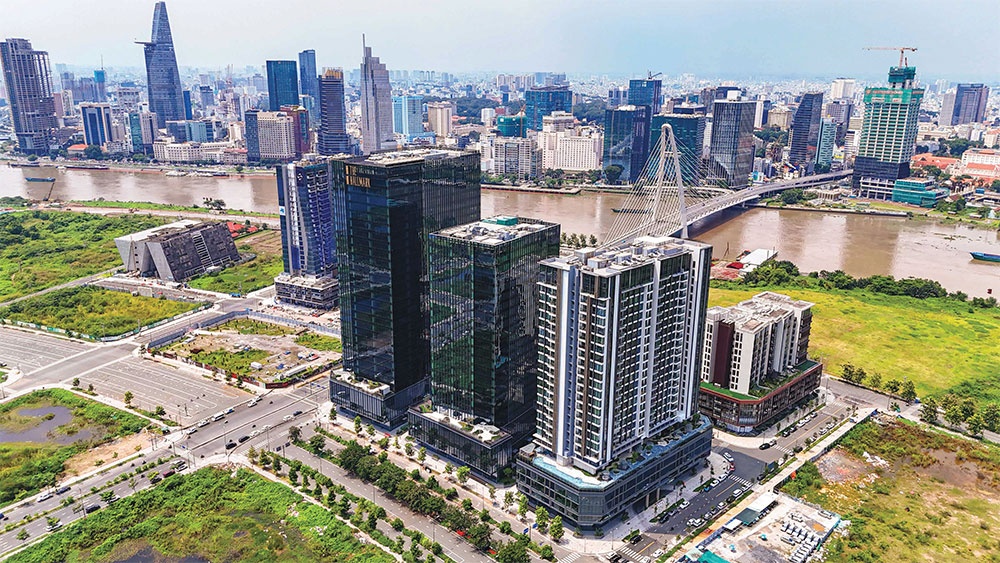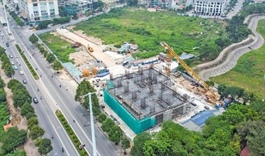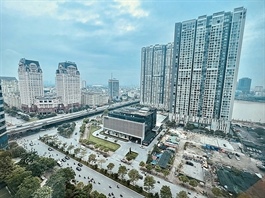Ministry seeks approval for big-ticket Van Don casino complex in northern Vietnam
Ministry seeks approval for big-ticket Van Don casino complex in northern Vietnam
Vietnam's Ministry of Planning and Investment has sent a report on appraisal linked to the Van Don casino complex project in northern Quang Ninh Province, to be built at a cost of nearly VND51.6 trillion (US$2.1 billion), to the prime minister and proposed the government leader pass it.

An artist’s impression of the Van Don casino complex project in Quang Ninh Province, northern Vietnam. Photo: S.G. / Tuoi Tre |
If the project is approved, the casino complex will be developed on an area of 244.45 hectares in Van Yen Commune under Van Don District.
While waiting for the green light from the prime minister, the ministry assigned the provincial administration to complete all related procedures to convert the use purpose of the forest land affected by the project.
After the prime minister approves the mammoth casino complex project by the end of the year, the province will hold a tender to select an appropriate investor.
The Quang Ninh Province administration said in a plan previously sent to the state appraisal council that developing a casino complex was aimed at offering local and international visitors a luxurious entertainment and tourism area.
The casino complex was expected to make the province an attractive destination for international tourists.
Work on the Van Don casino complex project was set to last for nine years, from the fourth quarter of 2023 to the third quarter of 2032.
The casino complex would operate for 70 years.
According to the provincial administration, the project would help boost the province’s socio-economic growth, attract foreign investors and tourists, beef up its competitiveness, and create jobs for local workers.
The project was estimated to contribute VND228.9 trillion ($9.7 billion) in tax to the state budget during its 70-year operation period.
Of the total, the corporate income tax would account for VND134.4 trillion ($5.5 billion), and the rest would come from the value-added tax.




























